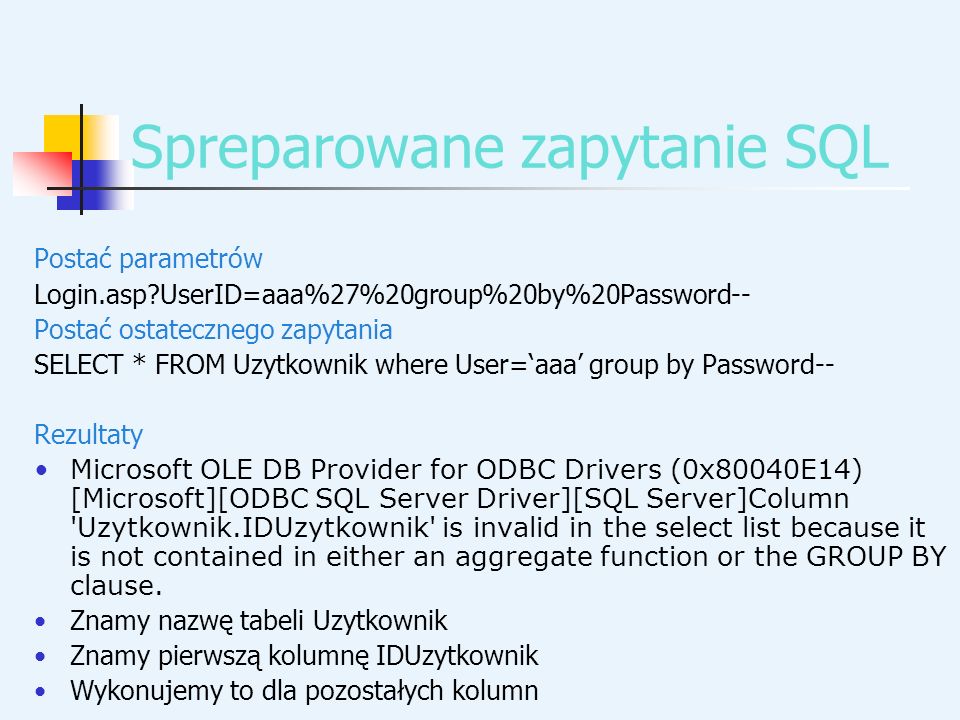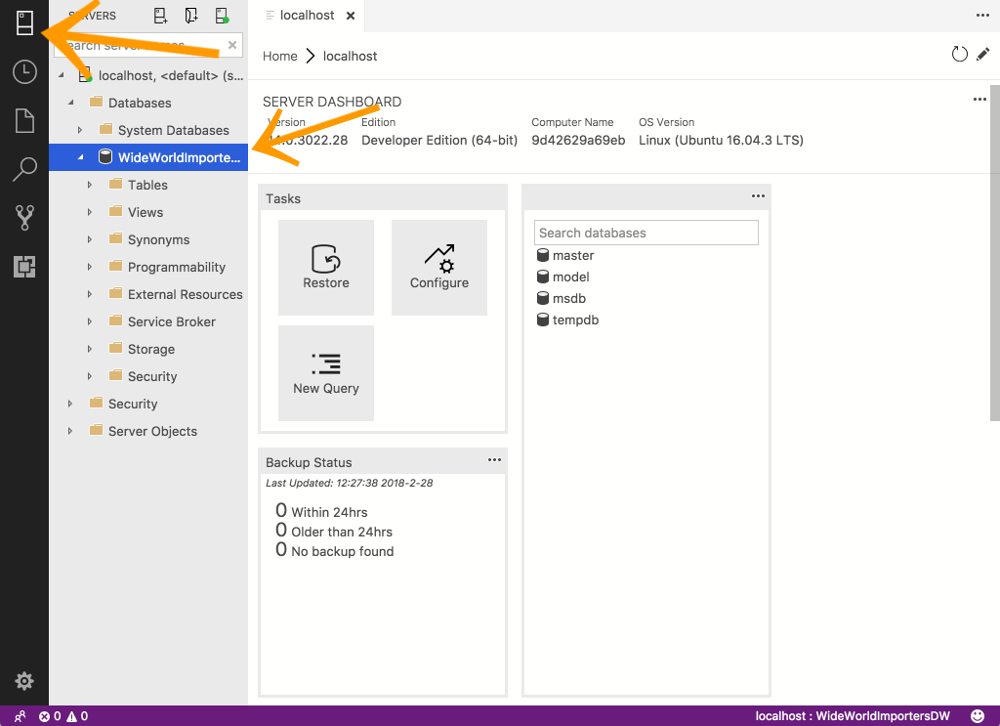Expression values are implicitly converted to string types and then concatenated. The implicit conversion to strings follows the existing rules for data type conversions. Ask Question Asked years, months ago. That should provide the exact functionality originally requested in this post with native and built in support. Does T-SQL have an aggregate.

SQL Server, in turn, has no such built-in functionality. Aggregate functions are built in sql server functions. A common reporting scenario is that your report has to concatenate an aggregate of string values from rows. Many other database platforms even have built-in aggregate functions that will concatenate text for you (like LISTAGG() on Oracle). Now with the latest CTP 1. Concatenate string values or expressions separated by any character.
The STRING_AGG() aggregate function takes all expressions from rows and concatenates them into a single string in a single. How to get the equivalent of array or string GROUP BY aggregate functions in Access? Is it possible to build Access SQL aggregate functions?

There is no corresponding function for string to SUM for numbers. WHILE loop can be used for aggregate concatenation. It is cumbersome however, therefore notable shortcuts. Both are explained here. I was looking to replace something like the for xml.
Ordered Set Functions, and here is an article worthy to. T-SQL dialect of SQL doesn’t have aggregate functions for strings, but there is an easy workaround using magic of XML. STRING _AGG is designed for this purpose. Consider Employees table of the Northwind database.
When I run following query: SELECT Country, FirstName FROM Employees ORDER BY Country, FirstName. It works fine, but with the large data set I am using this against, it is very SLOW. The same can be derived using available SQL functions. However, this readily available SQL string function provides a simple interface to string manipulation. In addition it has always had this aggregate function for as far back as MySQL 3. I predominantly work with MS SQL but also enjoy working.
Thanks for all the ! SQL HOME SQL Intro SQL Syntax SQL Select SQL Select Distinct SQL Where SQL An Or, Not SQL Order By SQL Insert Into SQL Null Values SQL Update SQL Delete SQL Select Top SQL Min and Max SQL Count, Avg, Sum SQL Like SQL Wildcards SQL In SQL Between SQL Aliases SQL Joins SQL Inner Join SQL Left Join SQL Right Join SQL Full Join SQL Self Join SQL . Summary: in this tutorial, we will introduce you aggregate function concepts and common SQL aggregate functions. Introduction to SQL aggregate functions. An aggregate function allows you to perform a calculation on a set of values to return a single scalar value. In Sybase SQL Anywhere (Sybase ASA), LIST aggregate function concatenates strings from multiple rows into single string with the specified delimiter.
SQL Max function : The aggregate function SQL MAX() is used to find the maximum value or highest value of a certain column or expression. This function is useful to determine the largest of all selected values of a column. SQL Min function : The aggregate function SQL MIN() is used to find the minimum value or lowest value of a column or.
String concatenation means to append one string to the end of another string. SQL allows us to concatenate strings but the syntax varies according to which database system you are using. Concatenation can be used to join strings from different sources including column values, literal strings, output from user defined functions or scalar sub.
OS macros mathematical functions ms access mssql mysql mysql workbench nosql number format operators rdbms regex relationships sql SQL Operations. The limitation of this method is if any of the fields you are concatenating are NULL, the entire result is NULL. SQL String Aggregation Techniques.
A use case I have encountered in more than one project concerns aggregating Strings from a database. My experience on these projects is that it turns out this is often not common knowledge, so I thought I’d share some examples for different RDBMS. What you would like is something like an aggregate function similar to SUM that returns the concatenated value of all strings in the SELECT query. Next : STRING_AGG() performance”.
Machine is cores (GHz Intel Xeon) and 8GB of RAM. The values of 1times test gives variation of time up to 100ms on STRING_AGG and with XML variation is about 20ms. The SQL COUNT function is an aggregate function that returns the number of rows returned by a query.
You can use the COUNT function in the SELECT statement to get the number of employees, the number of employees in each department, the number of employees who hold a specific job, etc.
Hiç yorum yok:
Yorum Gönder
Not: Yalnızca bu blogun üyesi yorum gönderebilir.